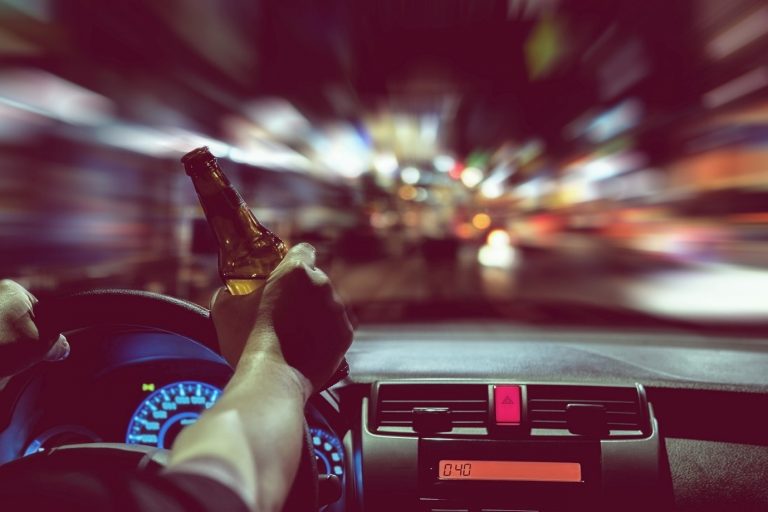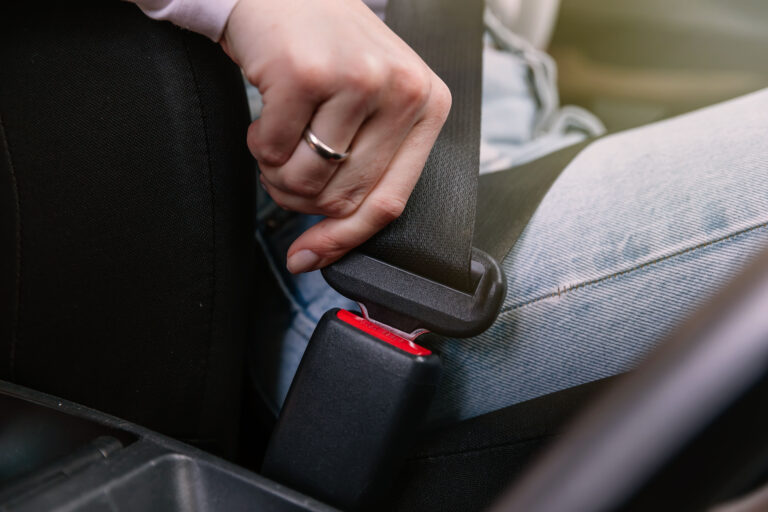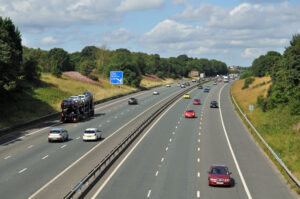
9 Essential Motorway Driving Tips
With approximately 50 motorways in the UK offering efficient routes, some shy away due to misconceptions. Despite concerns, statistically, motorways are among the safest roads. This article explores key tips to improve your motorway driving experience.
Is it safe to drive on the motorway?
Despite carrying around a fifth of all traffic on the roads, Motorways are statistically the safest roads in Britain. Accounting for only 5% of fatalities on our roads. Despite this when accidents do occur, they are likely to be severe due to the high speeds. This is why it’s important to understand how to use the motorway correctly and safely. It’s also a legal requirement to have at least third party insurance to drive a vehicle on any road. Third party insurance means your legal liability to third parties is covered, including damage to their vehicle or compensation for injuries sustained if the accident was your fault. If your car is damaged in any way, this isn’t covered.
Overcoming Fear and Building Confidence:
Approximately 8 million British motorists avoid the motorway regularly with another 380,000 avoiding the motorway all together, citing reasons such as speed, monotony, and lack of confidence[1].
Essential Motorway Driving Tips:
1. Prepare your vehicle:
Before starting a motorway journey, quickly inspect your vehicle for a safe and smooth ride. Make sure you have:
• Enough fuel (or charge if you own an electric vehicle).
• Functioning lights; replace defective bulbs if you need to.
• Proper oil levels, check this using the dipstick; check brake and power steering fluids. If you aren’t sure how to do this, here is a great guide.
• The right amount of coolant and screen wash. There’s an FAQ on screen wash to help you here.
• Working electrical components (check your horn, windscreen washers, wipers, heated screens or seats and air conditioning).
• Proper tyre tread depth and inflation. We have a guide to tyres you can read for some extra tips.
• Assess your fitness to drive; avoid driving if you’re tired, unwell, stressed, upset, or angry.
2. Master slip road manoeuvres:
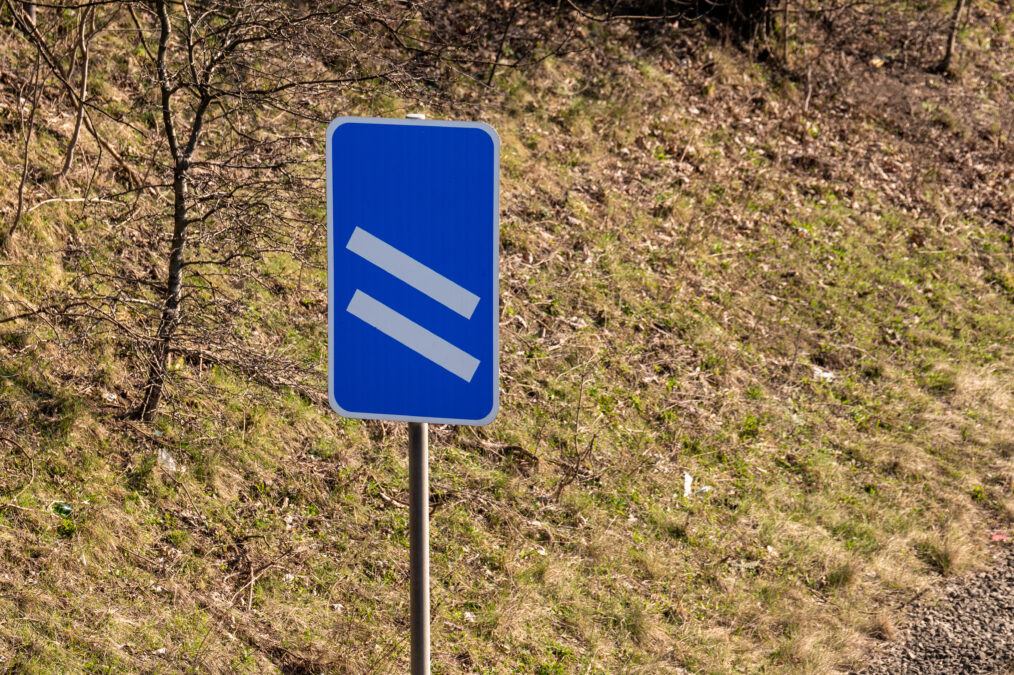
- When joining the motorway, adjust your speed smoothly. You may need to slow down to let traffic pass you before you join or speed up to match the speed of the traffic you are joining.
- Avoid cutting across to or from lanes 2 and 3 and stick to lane 1 until it’s safe to move.
- Look for road signs and markers (like the above) indicating the exit’s distance. Start signalling left 300 yards (3 dashes) before you intend to exit, to alert other drivers.
3. Use the ‘two-second rule’:
Use the ‘two-second rule’ to maintain a safe following distance. This works by choosing a marker, like a tree, watching when the car in front of you passes it, then making sure you pass it a full two seconds later. Increase this time to four seconds in wet or cold weather[2]. Some areas of the motorway will alert you to keep a chevron distance between you and the car in front.
4. Practice lane discipline:
Follow Rule 264[3] of the Highway Code: stay in the left lane unless overtaking. Only use lanes two and three for overtaking, returning to the left lane when you are done. Watch for vehicles in the hard shoulder; if you’re in lane one, move to lane two to create space for them when it’s safe. Vehicles with trailers, goods vehicles over 3.5 tonnes (fitted with a speed limiter), or passenger vehicles exceeding 7.5 tonnes must not use the right lane on motorways with more than three lanes.
5. Use your mirrors correctly:

6. Take regular breaks:
Most sleep-related accidents occur on motorways and dual-carriageways, probably due to the lack of stimulation from driving on a straight road at a monotonous speed.
Breaks are crucial to combat fatigue and maintain good response times during long journeys. Take a break at least every two hours. According to Brake.com approximately 10% to 20% of all road crashes are related to fatigue. Research indicates that driving when you’re tired can be as dangerous as driving drunk.[4]
7. Understand motorway signals:
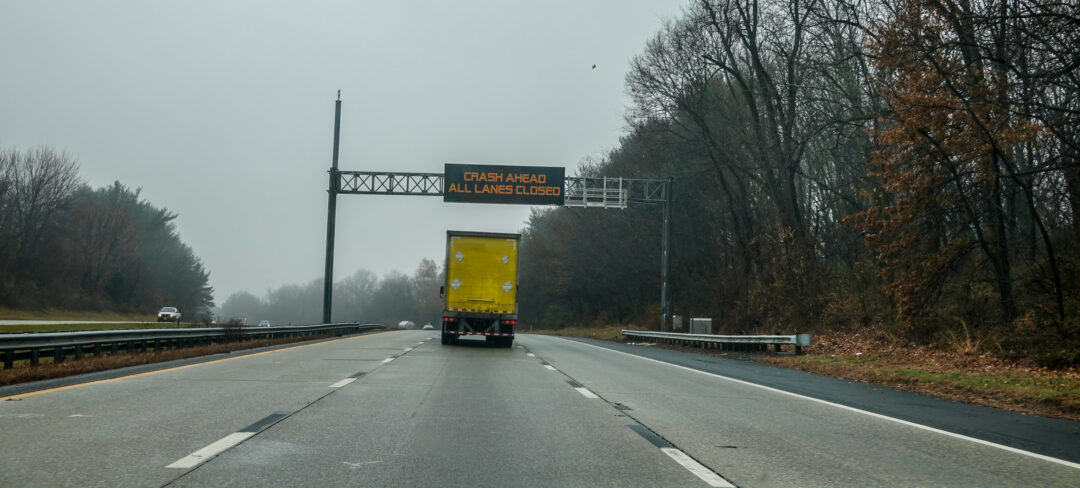
Make sure you recognise common motorway signals, to respond appropriately to hazards or changes in speed limits. You can find more information on road signals here.
For information on Smart Motorways, check out our blog here.
8. Meet your insurance and legal requirements:
To drive on the road in the UK, you must have appropriate car insurance as a legal requirement. It is illegal for a provisional car driver to drive on a motorway without an approved driving instructor. Driver’s must have a valid MOT, tax, and insurance for all vehicles.
Make sure you are fully covered and get a car insurance quote from GoSkippy today!
9. Know what to do in an emergency
If you find yourself in an emergency situation, turn left at the next junction or service area. If that’s not possible, shift to the left onto the hard shoulder. Avoid deploying a warning triangle or conducting any DIY repairs on the side of the motorway, it’s very dangerous with the high speed traffic passing you.
If it’s safe, exit the vehicle through the passenger door and stay behind the safety barrier or on the verge, watching for potential hazards. Keep a safe distance from your vehicle. In a situation where you cannot leave the car, stay with your seatbelt on, activate your hazard lights, and call 999 for assistance.
Remember any accident should be reported to your insurance company. For more information on what to do in an accident check out our helpful blog.
Looking for Car Insurance?
[1] One in five or 8m British motorists won’t use the country’s motorways because of safety fears and lack of confidence | This is Money
[2] The Highway Code – General rules, techniques and advice for all drivers and riders (103 to 158) – Guidance – GOV.UK (www.gov.uk)
[3] Highway Code Rule 264 – Highway Code
[4] https://www.brake.org.uk/get-involved/take-action/mybrake/knowledge-centre/driver-fatigue



